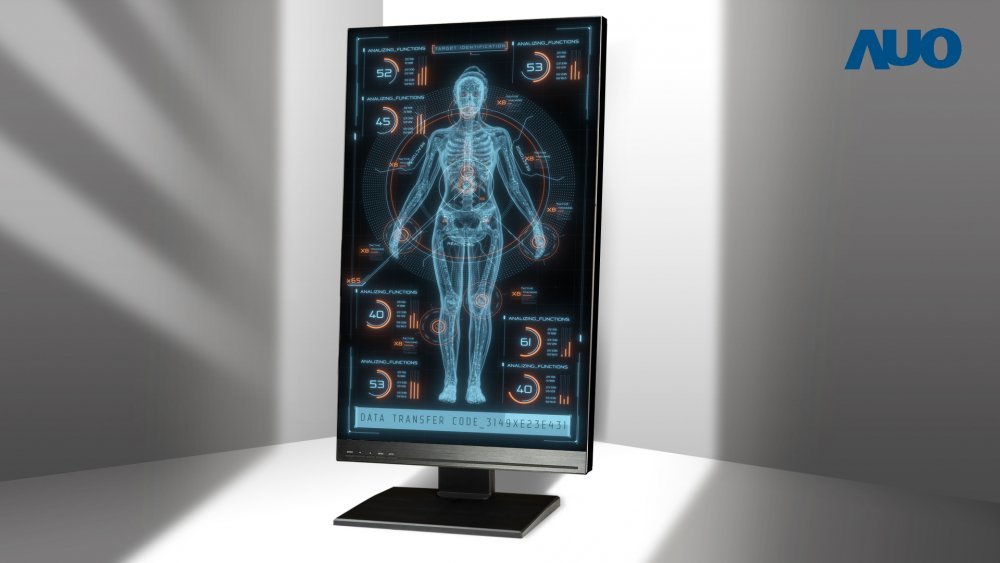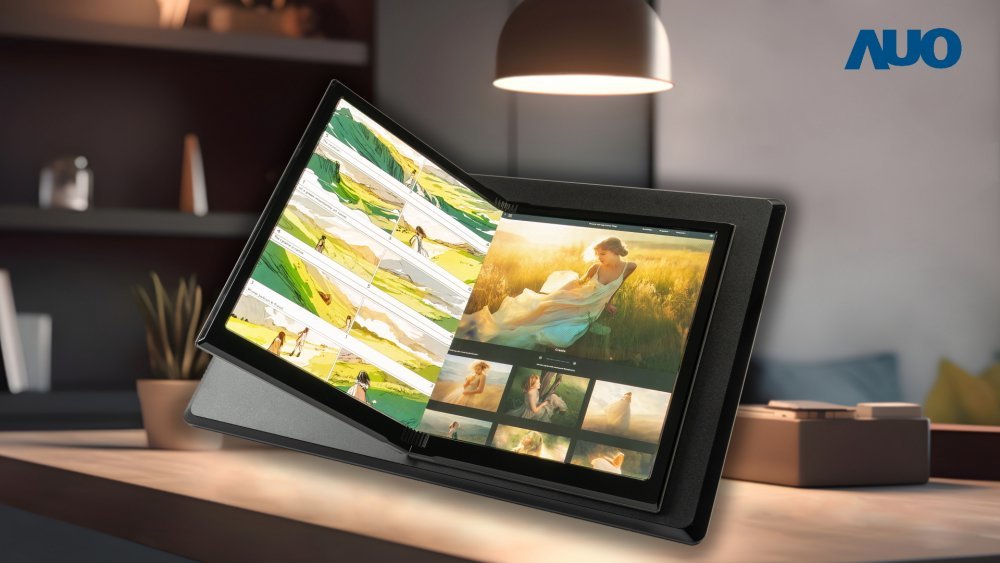Taiwanese display maker AUO has showcased a 31-inch MicroLED display made from a single module that’s intended to be used by computer monitors and medical imaging devices.

The company, which competes with LG Display and Samsung Display, has emerged at the forefront of the push to commercialize next-generation MicroLED technology, which many believe may one day surpass OLED as the display tech of choice for premium TVs and monitors.
Those Korean rivals may be worried, for they have spent years trying to make MicroLED affordable enough for commercial applications with little success. On the other hand, AUO says it has already began mass producing its smaller MicroLED panels for monitors in partnership with PlayNitride. Moreover, it said it plans to expand that production and manufacture larger MicroLED displays for TVs, though it didn’t provide any timeline for that.
In comparison, Samsung Display is still only able to manufacture MicroLED TV displays at a very small scale. Seven years after it first announced the technology, it has only released a single “consumer” MicroLED TV, which is extremely expensive, costing over $100,000. Its technology is still reliant on being assembled out of smaller modules with visible seams, too.
Other rivals in the MicroLED space, such as TCL, are also struggling. For instance, TCL announced the imminent arrival of its 163-inch TCL X11H Max MicroLED TV, exclusively in China, but it comes with a hefty $86,000 price tag.
This may be why AUO confidently states that its 31-inch MicroLED display is a real “breakthrough”, as the largest single-module panel of its kind ever made.
The company explained that it has managed to overcome some considerable challenges associated with low yields for large MicroLED displays. It said its product incorporates advanced driving technology and Advanced Reflectionless tech with special surface treatments that help to reduce glare from ambient light, so it can work in any conditions, inside or outdoors.
“Its bezel-less design offers a super-wide viewing angle, liberates displays from size constraints, seamless tiling into an infinitely large screen for breathtaking visual effect,” the company added. “Additionally, its applications can be extended to the medical management field.”
The mention of medical applications is, unfortunately, a big hint that AUO’s MicroLED panels are still prohibitively expensive when compared to their OLED and LCD equivalents, though it declined to mention any prices.
In terms of specifications, AUO said that the panel delivers 500 nits peak brightness, but it didn’t say anything about the resolution of the display. Making high resolution MicroLED panels at smaller sizes has proven to be something of a challenge too, which is why Samsung has so far only been able to release enormous MicroLED TVs thus far. Because AUO didn’t specify a resolution, it could well be that it is a FullHD display, as it would surely want to show off if it had been able to achieve 4K resolution at such sizes.
So there are a few caveats here, but there’s no denying that AOU has achieved an important milestone for MicroLED display technology, and will reinforce the view that it can one day challenge OLED in the TV market.

Besides the monitor display, AUO also unveiled a 17.3-inch foldable MicroLED display (above) with 1,000 nits brightness, and said it covers 100% of the AdobeRGB colour gamut.
Also on show was a transparent, 60-inch MicroLED display made from modules that reached 600 nits brightness. With a transparent rating of 60%, it matches the most recent transparent OLED panels made by LG Display.